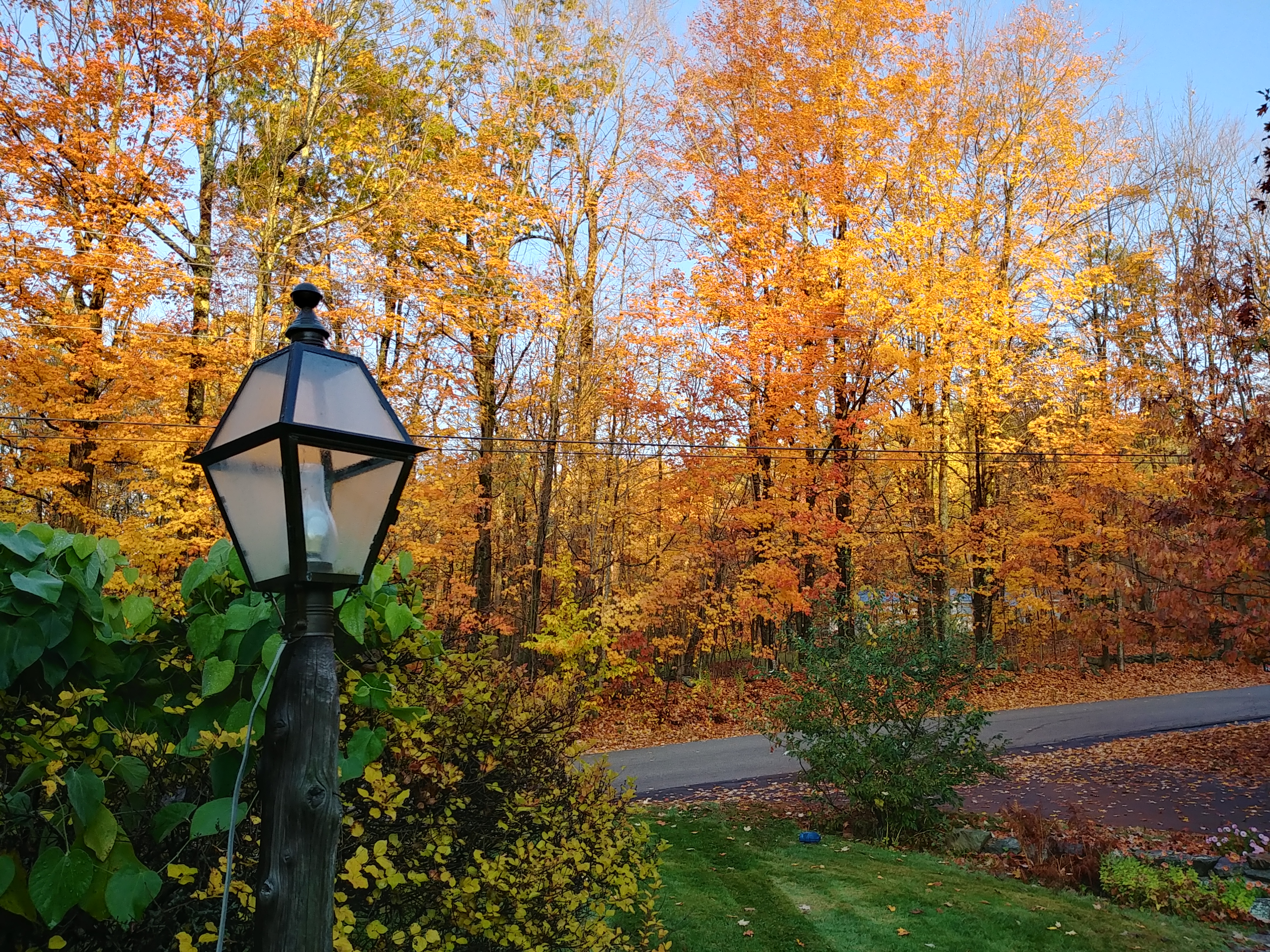 Hi, I'm Peter Rose, Founder of Longwood Currency Trading, and welcome to LCT Blog Post 10/29/20 — The True Value of A FOREX Pip.
Hi, I'm Peter Rose, Founder of Longwood Currency Trading, and welcome to LCT Blog Post 10/29/20 — The True Value of A FOREX Pip.
What's the true value of a pip? The answer I present may surprise you.
I say that not as click-bait, but rather as a way of making sure you fully understand the potential value that just a single pip has in trading the FOREX currency market.
Many educators would disagree. Rather, they would proclaim that understanding trade entry setup analysis, or reward to risk ratio, or the dynamics of economic flow between the two pair countries are far more important issues than what a pip is.
That would be very short sighted.
The standard definition of a pip as identified by Investopedia is:
Of note is that to this post, I have a companion video of the same title: The True Value of A FOREX Pip that puts all of this together from a different view point.
If you've come from watching that video, then press on here. However, if this is your starting point, I might suggest that you read through this before watching the video. Or, if you want, you can skip to the bottom of this post to watch that video now.
Just as an aside here, but it's been such a wonderfully colorful October Fall here in the Lakes Region of New Hampshire with the foliage changing almost daily,
 that I've featured views from my backyard during many of the last few videos that I've done.
that I've featured views from my backyard during many of the last few videos that I've done.
For example, this one was taken from our walkway heading out toward the barn. Though it's the third week of October, and late in the foliage season, the colors of the leaves are still vibrant even though they've transitioned from the more brilliant yellows from a couple of weeks ago to now more yellowish-orange.
So, if for no other reason than checking all of this out, it might be worth having a binge watching session of those videos just for the foliage tour! What's amazing is that folks come from literally all over the world to both here in the Lakes Region of New Hampshire, as well as The White Mountain National Forest in the Conway, North Conway, Bartlett, and Jackson areas to watch this magnificent change, and we're fortunate enough to live here with it in our own backyard!

I'm pretty pleased with this picture I took, and how I've improved my composition skills by watching how my wife, Sue, who's a professional photographer, goes about it. I should be getting better in my videos as well, so stay tuned for that!
So, Sue and I had stuffed our dog, Beau — a mini Australian Shepherd (that you've either seen in other videos, or heard in the background barking at something) — into the car on a morning so foggy on top of our little mountain that we had to drive slowly because visibility was only a dozen feet or so at best from the front of the car.
The picture was taken on a hike we all did down a Class 6 road (meaning basically you're on your own risk) that skirts the edge of Blue Job Mountain not far from where we live. Though the fog still hung heavily in the woods across the fields, it had cleared just enough for us to get some really nice Fall pictures.
But I digress. So, moving on....
It would seem that the Investopedia definition does a pretty good job of explaining what a pip is. And actually: it does. But that's all it does. All such a definition provides is what the term means. It, however, doesn't provide why the pip is important.
Am I just parsing semantics here? Hardly.
If you're not conversant in the lingo Investopedia uses to describe what a pip is (i.e. "...usually $0.0001 for U.S.-dollar related currency pairs, which is more commonly referred to as 1/100th of 1%, or one basis point," then to simplify it into practical use we could put it this way:
Make sense? It's pretty straight forward. But the key point here is that this means that a pip has a value associated with it.
That value could be $0.10, $1, or $10. Or, if you have a large enough account, $1,000. Regardless which value it has: it's just 1 pip.
And that's important to recognize. What it's saying is that if you can figure out how to trade for just 1 pip, that trade — that 1 single pip — could be worth $0.10, $1, or $10, or even $1,000.
Yeah. So?
So, if you understand how to trade and earn 1 pip, then the only limit to the value of the trade is how large your account size is. If your account size is $1,000 you make $1, but if your account size is $1,000,000 then you make $1,000 for that single pip move. All you can eat....
You might be saying something like, "Yeah, well, sure... but what if you don't have $10,000 so that the pip value is $10?"
A person who's thinking that has just missed the point of the discussion.
It's not an issue of not having $1,000, or $10,000, or $1,000,000: it's all about what you can do if you do have access to those funds.
The person who looks at a $1 gain on a 1 pip move with a $1,000 bank as insignificant is not a trader. They're looking for a handout, a magic pill to bring them riches on their little account. I talk extensively about this in my video, The True Value of A FOREX Pip, as not being respectful of the value of that 1 pip move.
True, the value is less if you don't have the funds to invest, but then you can't lift a rock off the ground if you don't work to develop the strength to do it either.
So, let's take the size of the account out of the discussion. Let's rather focus on what the full potential of that 1 pip move can be. If you can trade 1 full lot for $10 per pip on a $10,000 account, then what could you do if your account size was $30,000?
Well, $30,000 enables you to trade 3 full lots, right? If each lot is worth $10 per pip, then that 3 lots on a 1 pip move is worth $30. Magic. And a $100,000 account enables you to trade 10 lots, so each pip is now worth $100. Magic.
But it gets better than that....
Let's look at a trading account size of $30,000. I think anyone who has the true desire could somehow come up with $30,000. It might take years saving from a job combined with trading a $1,000 account, and compounding profits forward to do it. But, in the big picture of things: $30,000 is more than reasonable to expect possible to accumulate. And besides: this discussion isn't about where that $30,000 is going to come from; I'm talking about what you can do with that $30,000.
So again, with a $30,000 account size you can 'safely' trade 3 full lots at $30 per pip. And that's the key of my following thoughts: it's $30 per pip — what about getting more than 1 pip per trade? Let's look at that....
Obviously, when trading FOREX you're not looking for only 1 pip gains. The expectation is for far more than that.
Profit targets for a long term trader looking at the daily time frame, for example, are shooting for profit targets that are hundreds of pips. Even short term traders like me aren't taking a trade unless there is at least 25 or 30 pips potential from the position.
Since you can map short term trading methodology up into the longer term time frames whereas it's far more difficult to look from the longer time frames down, my discussion here is based on those lower time frames where profit targets are 25 to 30 pips out
With targets like that — or even larger — when things aren't going well, taking even a 3 pip gain on stop exit would be considered a good win. Heck, 3 pips is worth $90 on a $30,000 account size. That's 0.3% gain.
And here's the real kicker to all of this discussion: a 0.3% gain on any sized account taken just 1 time per week results in a yearly overall account growth of over 15%. You just won't find that type of potential anywhere else. And that's just 3 pips. Heck, even a gain of 0.1% — just 1 pip — a week is a 5% yearly return! On 1 pip per week....
Of course, the caveat to this is obviously: you can't be a full time loser with no risk management skills.
But that's not what this blog post is about. It's about your potential when you know what you're doing. So, let's get on with that!
Let's peel the onion back another layer on trading this hypothetical $30,000 account size.
In my trading, though I have a potential profit target of 25 to 30 pips, I also have a hard stop loss of 8 pips. When I hit, I average somewhere around 8 to 13 pips; call it 10 for argument sake. Because of my experience, I also have an average win to loss ratio of 70%, 7 out of 10 trades.
Given those conditions — where each pip is worth $30 — I'll lose 3 times for a net loss of $720 (3 losses of 8 pips at $30 per pip), but balanced out with 7 wins of $2,100 (7 wins of 10 pips at $30 per pip) for a net gain over the 10 trades of $1,380.
Thus, over the 10 trades, I have an average positive expectancy of $138 per trade. Because my account size is $30,000, my per trade value is just about 0.5%. Because 0.5% is actually $5 (or 5 pips) per thousand, this approximately coincides with my long held statement that you can make a lot of money if you can just average 0.5% per trade!
Companion Video
Here's that companion video of the same title: The True Value of A FOREX Pip I mentioned at the start of this post that puts all of this together from a different view point.
Thanks for taking your time to read this post,
Peter
p.s. For more of my thoughts on trading in the FOREX foreign currency market, check out my YouTube channel for Longwood Currency Trading